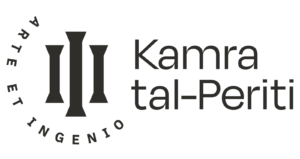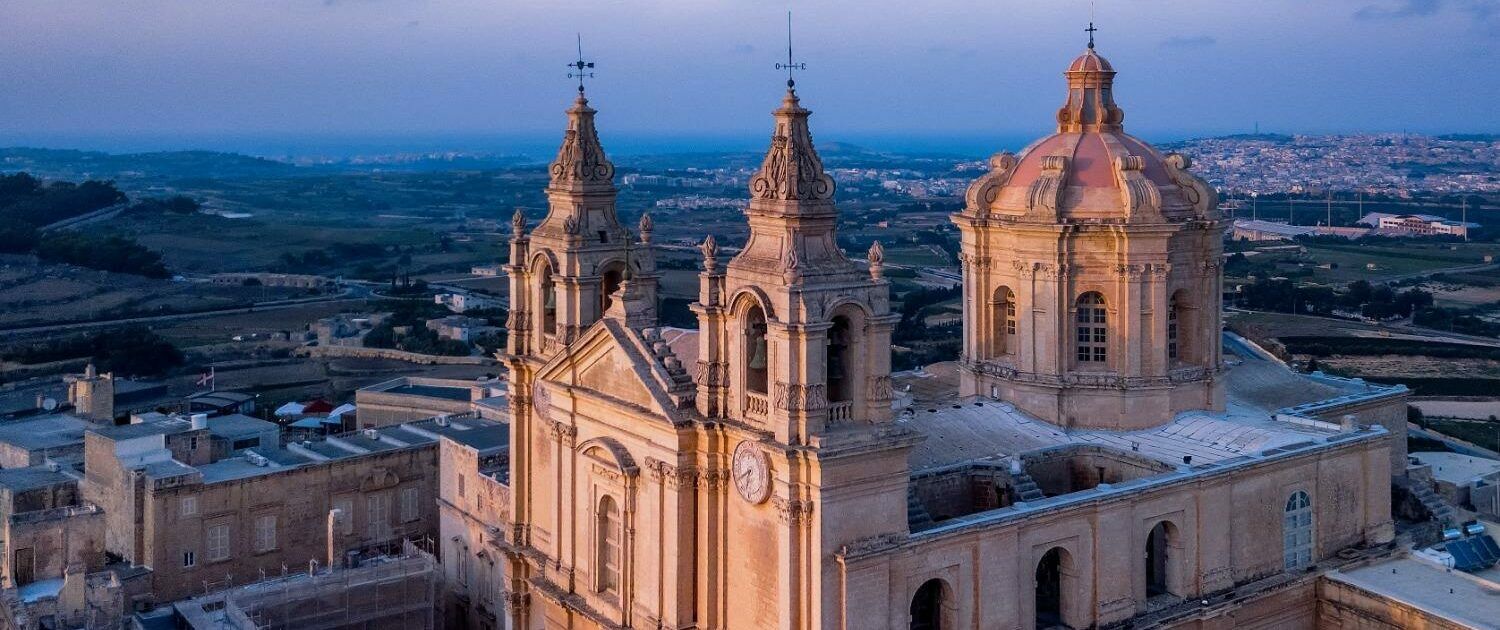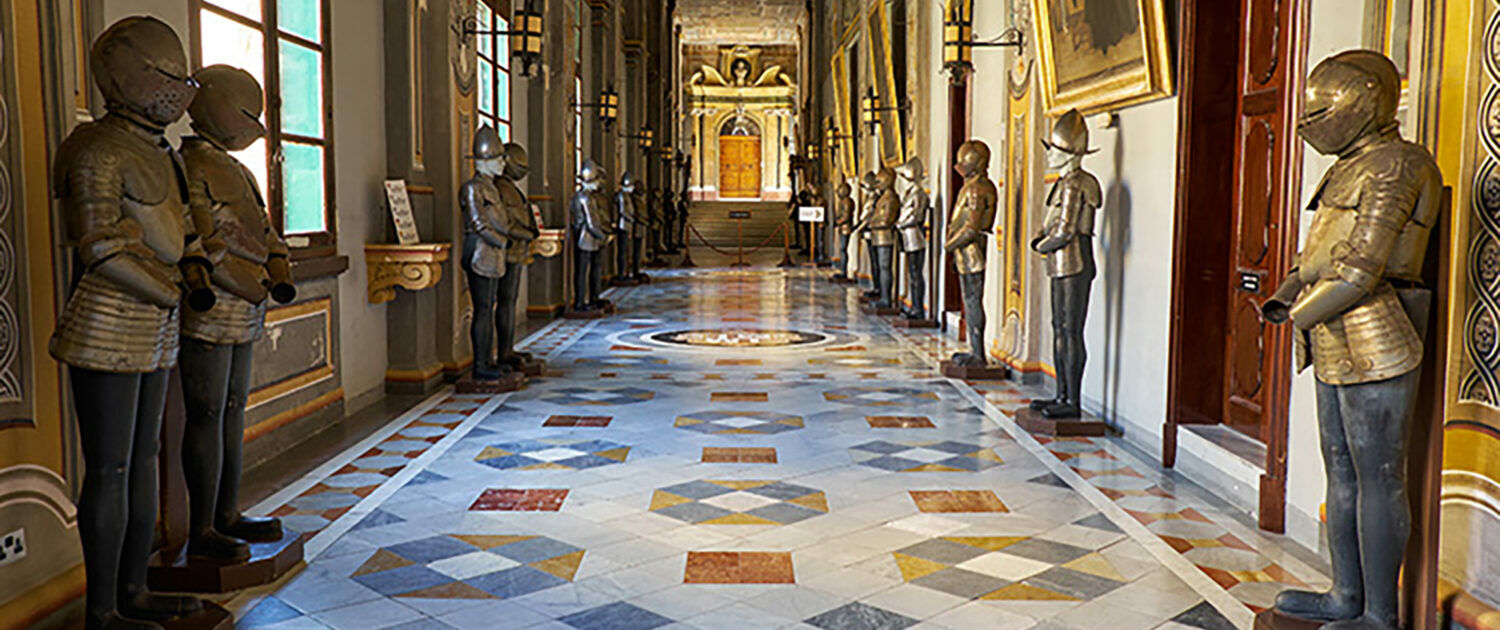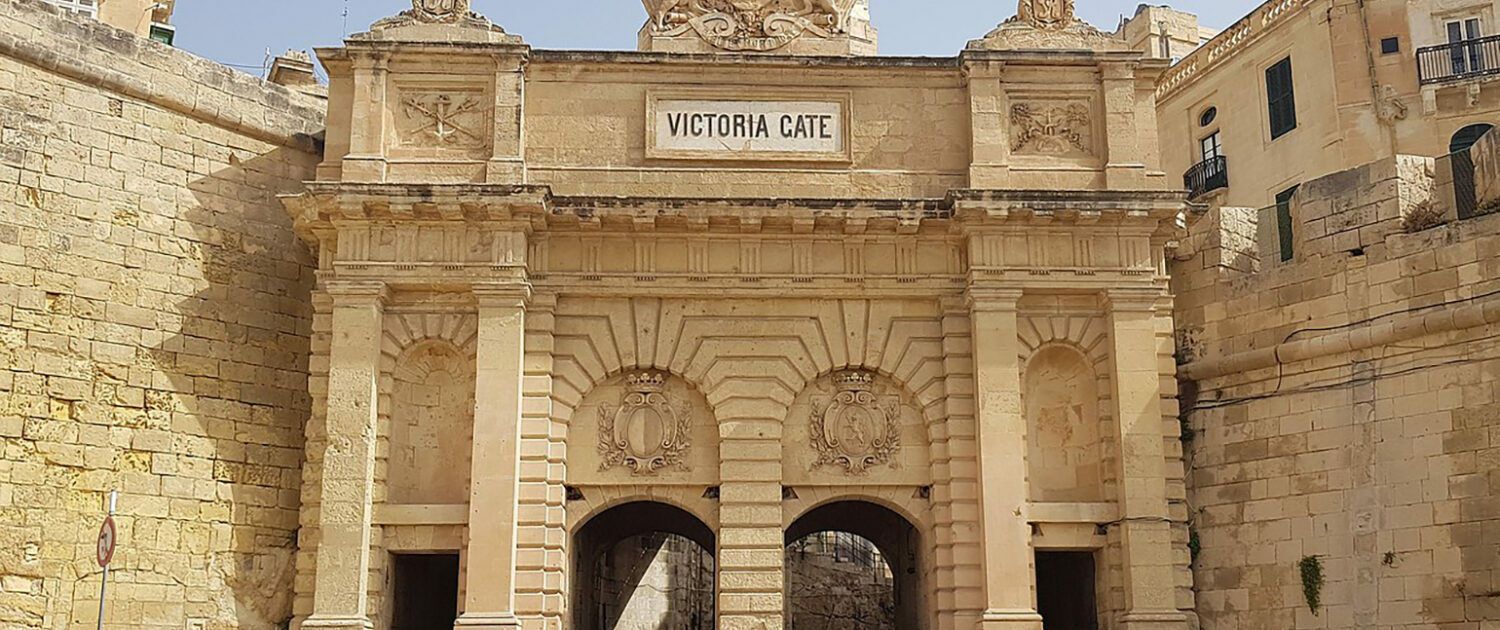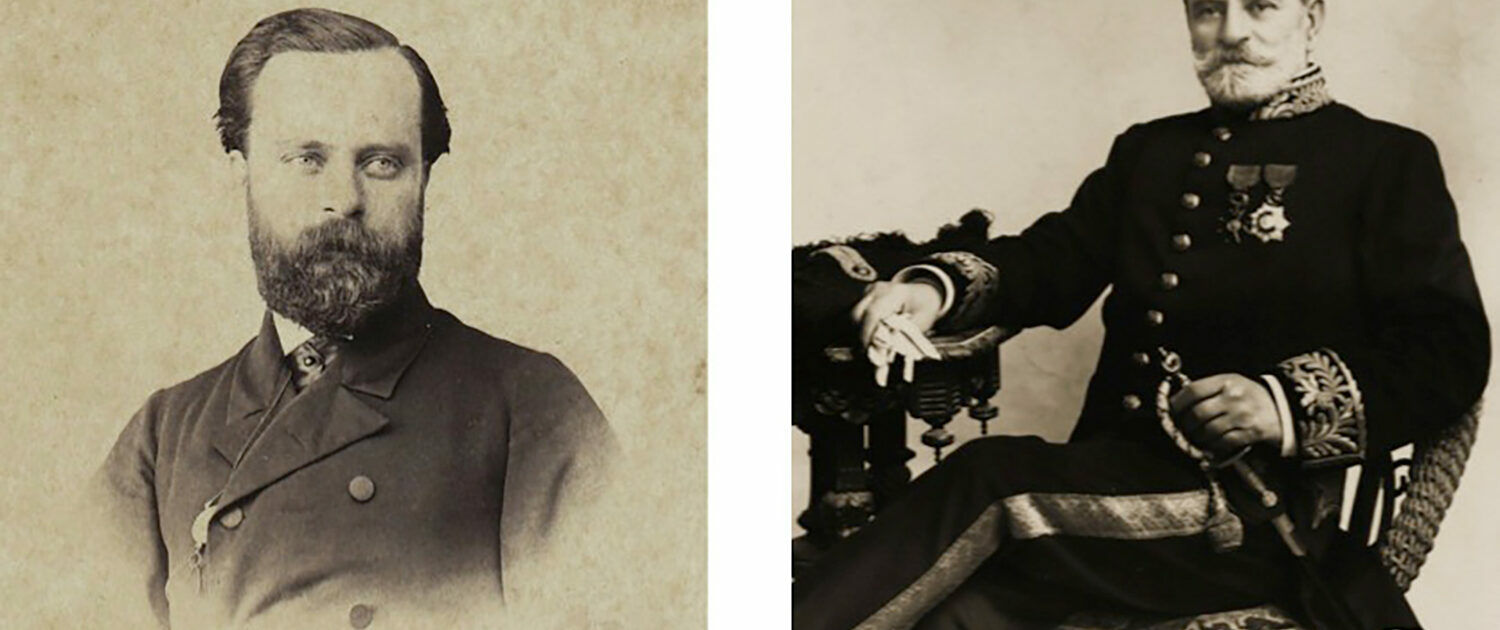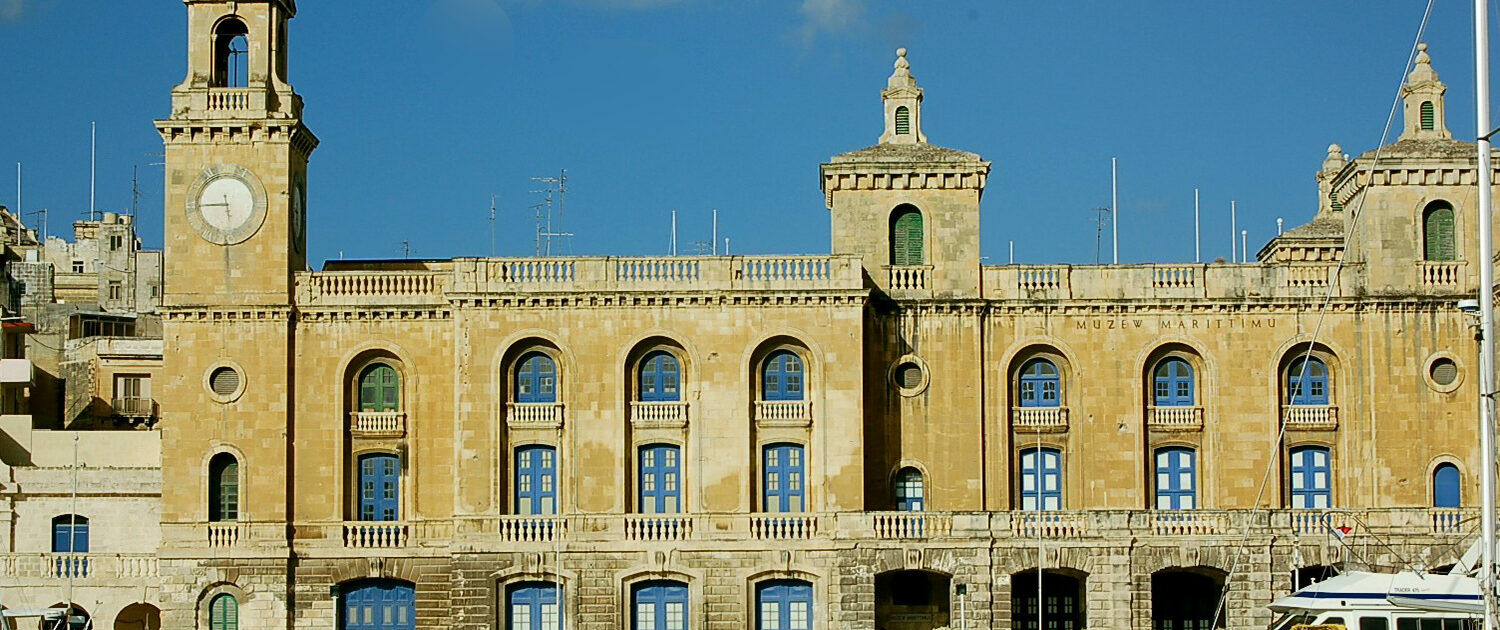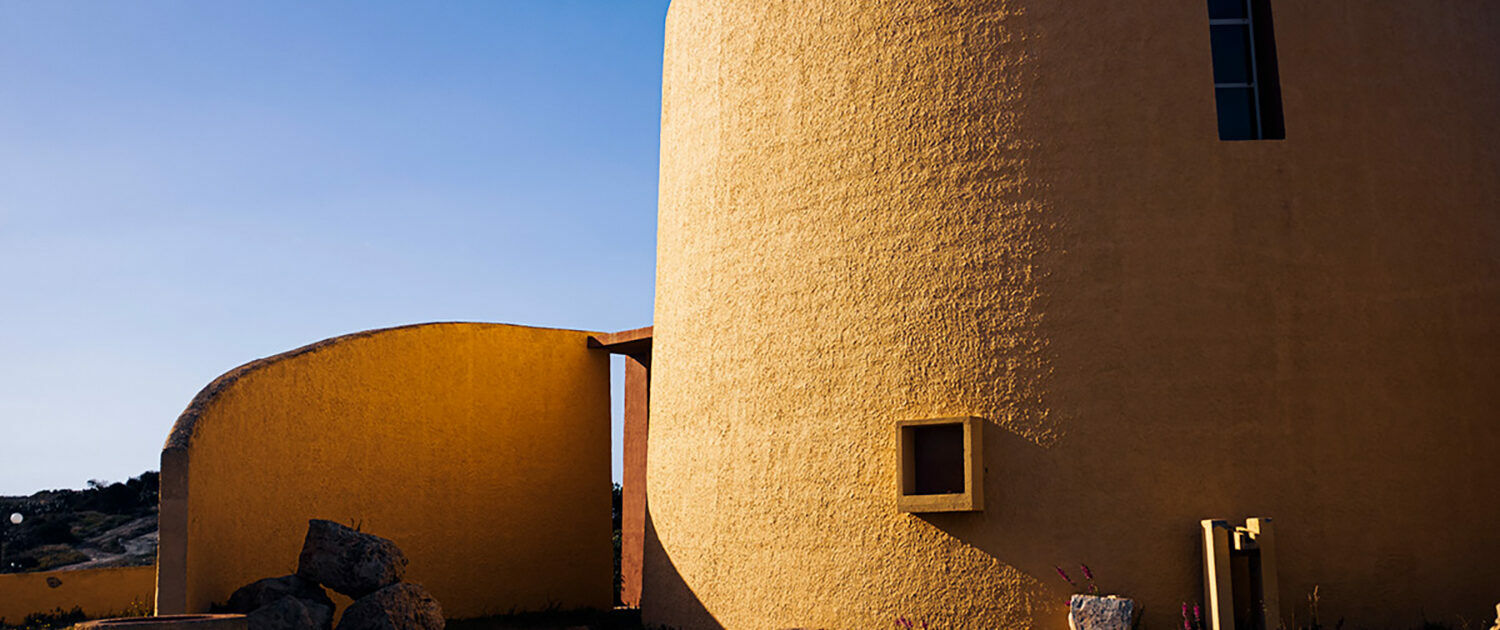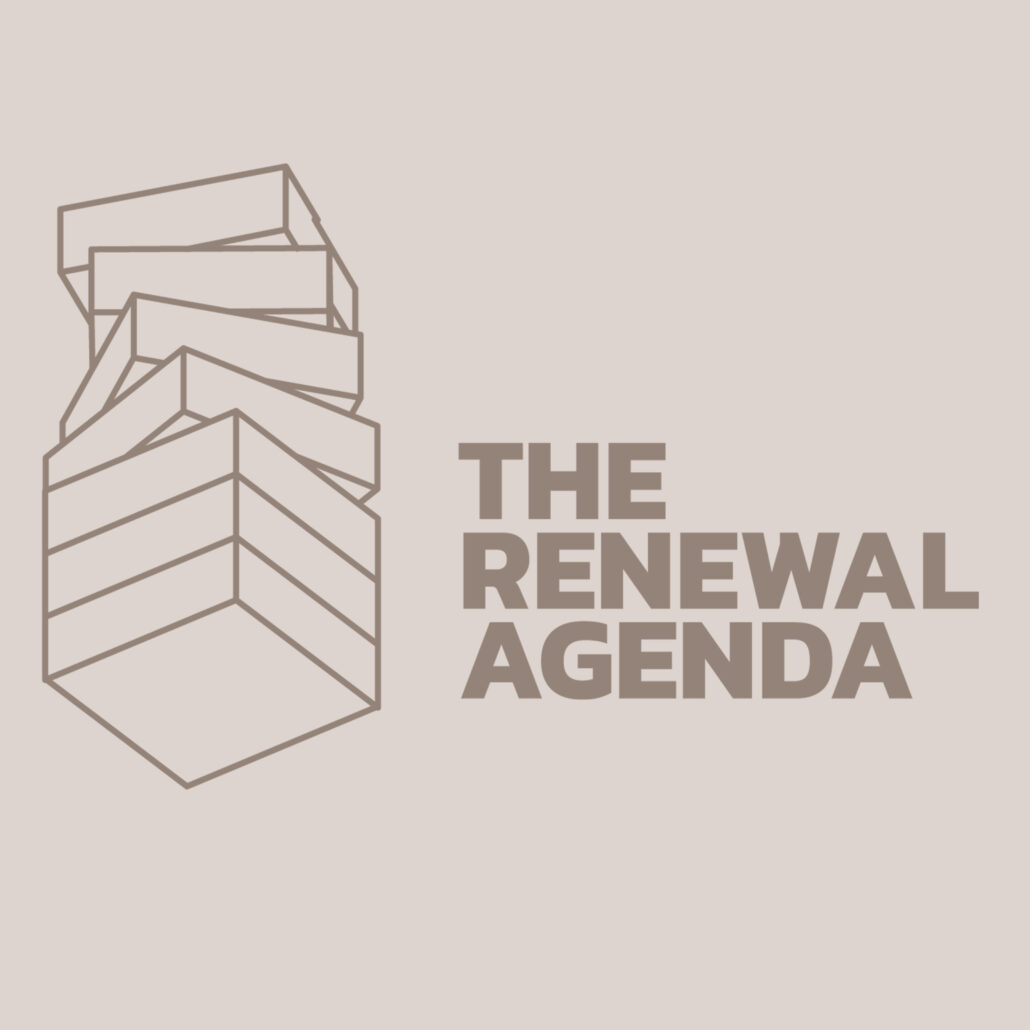The Renewal Agenda
The need for the renewal of our profession, our industry and our built environment has long been the focus of the Kamra. The appeals and initiatives of the Kamra to spur this much needed renewal had, for many years, felt like a lone voice in the wilderness.
Thankfully today, there is a far wider appreciation for the need to begin this renewal process in earnest. There are three main factors that account for this shift.
Firstly, there is the increasing realisation among wider sections of society that the development of our islands in the past forty years has harmed the quality of the built environment, our national identity as expressed through its rich and diverse cultural heritage, and the speculative nature of our planning system. Quality of life was incrementally eroded and while many of us trained in the field were able to anticipate this and could read the signs, it was not immediately evident to some others.
The second was the spate of collapses that occurred in the past two years, some of which were tragically fatal.
These accidents brought to the public’s attention the deep dysfunctionality of the industry and its regulatory frameworks which the Kamra has been campaigning to reform since 2007.
The Kamra will continue to stand by its position that the implementation of the modern building and construction regulation framework it published in 2019 is the best way to renew the industry and protect the public.
The third factor regards increasing awareness about environmental issues. The effects of climate change have changed priorities at an international and national level. Buildings and transport, which in some way or another both fall within the competences of our profession, account for around 80% of the energy demand in Malta. It is thus inevitable that to the address climate change properly, we must change the way buildings are built, transport is planned, and our urban environment is shaped.
Renewal, however, is a process – a process that requires a plan – a sequence of coordinated initiatives whose overarching objective keeps in focus the renewal of our profession, our industry, and our built environment.
This page is dedicated to laying out the phases of renewal being implemented by the Kamra.
Emblem
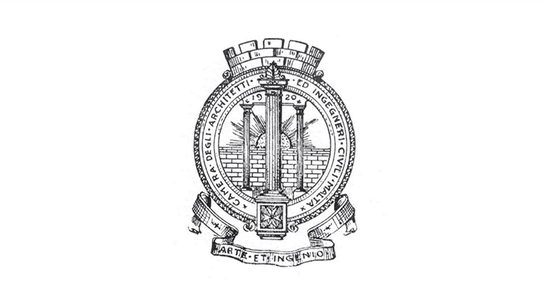
The Kamra tal-Periti was formed in 1920 in a social and cultural context very different from today’s, despite the historical coincidences that existed at the time – a spate of building collapses and the Spanish Flu pandemic.
The identity of the Kamra reflected the social and cultural norms of the time. It is an identity steeped in tradition and history associated wtih an institution that commands respect, credibility and consistency.
The Council of the Kamra determined that its identity too needed to modernise, not just because of the legislative changes that are being brought about, but also to reflect the values that embody the profession today.
Marking the beginning of the renewal process it will also be undergoing in the months ahead, the new identity seeks to modernise the image of the Kamra while remaining mindful of its legacy. Elements from the old identity such as the three pillars were borrowed, but reinterpreted to represent the three pillars of sustainability.
The Kamra’s new identity reflects the social and cultural aspirations of today, and will serve as a constant reminder for the profession of its responsibility to promote sustainable development that strikes a balances between the economic, social and environmental needs of the country by harnessing and employing its creative and technical competences.
